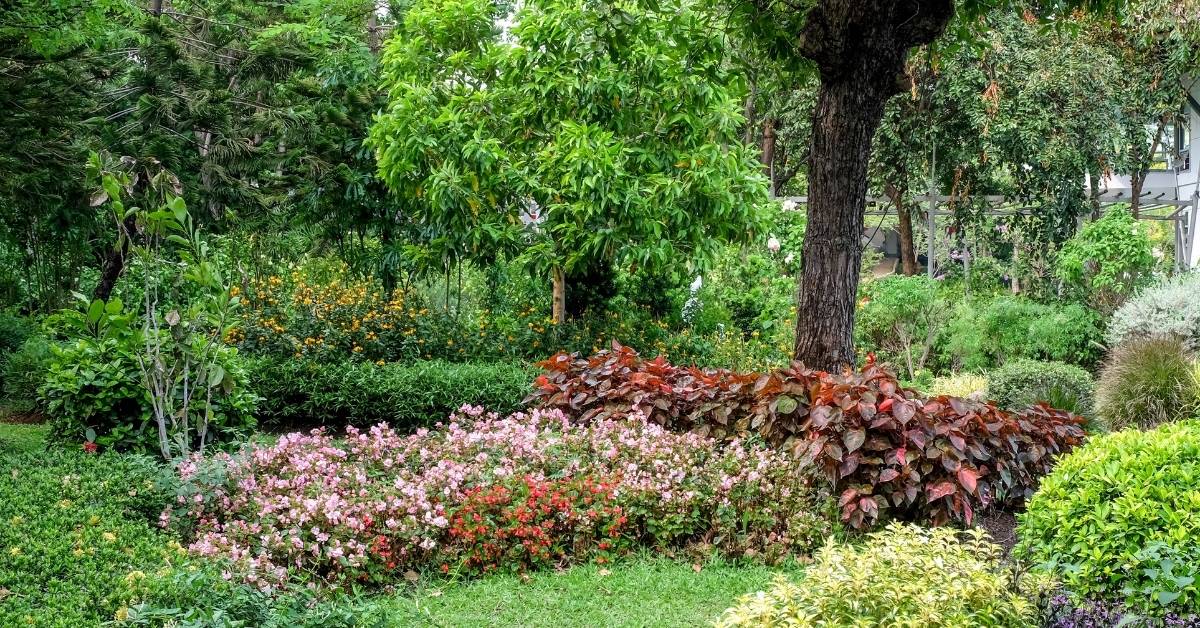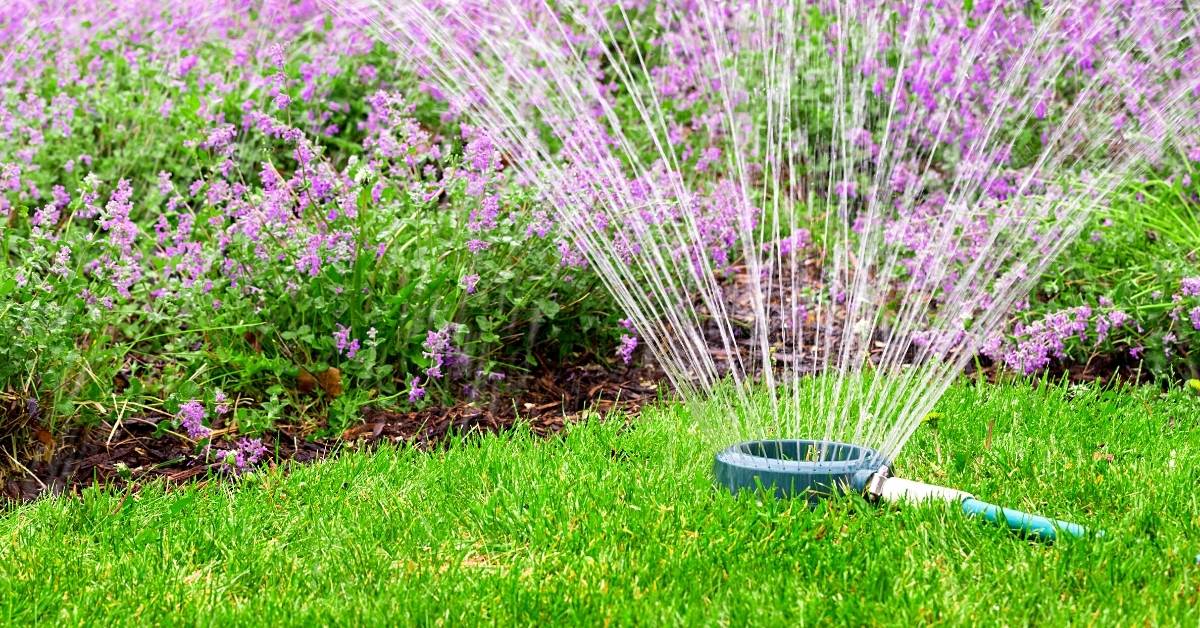Shade trees are a common element in the ordinary homeowner’s garden, but grass and flowers sometimes struggle to flourish in the shaded area beneath the branches.
The property owner may be content with a layer of mulch to cover the dry places, but certain plants, such as hosta plants and flowers, can be used to create a lovely shade-loving garden. The project will take more time and effort than a conventional flower garden, but the end product might be breathtaking.
Here is a detailed guide on how to grow flowers under trees for creating an awesome shade garden:
How To Grow Flowers Under Trees?
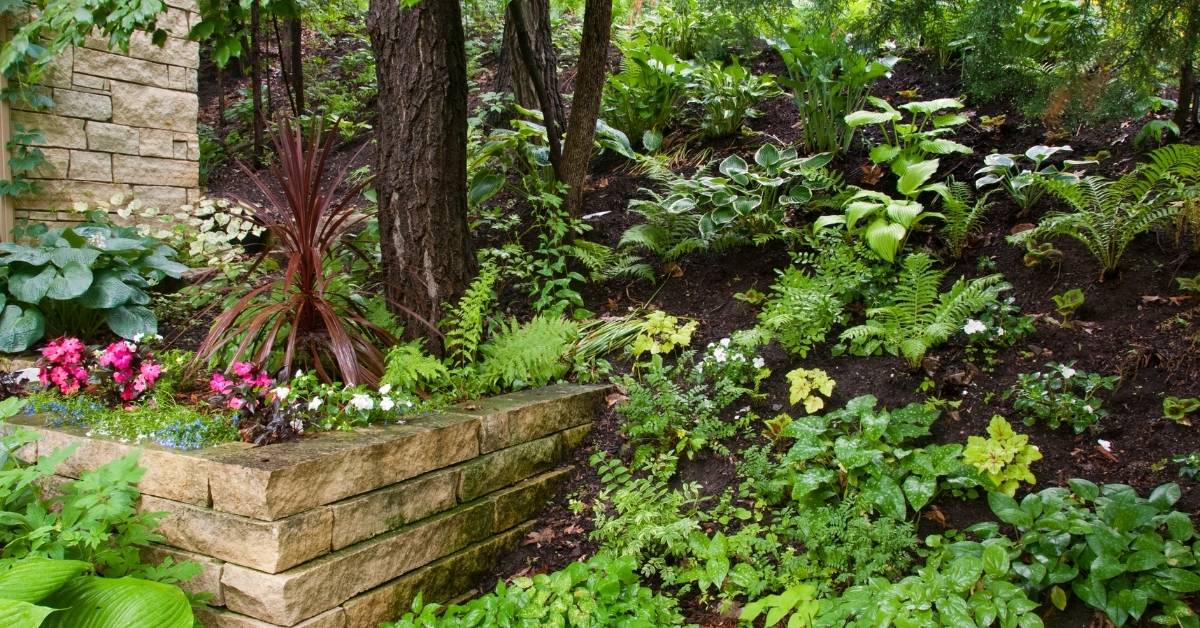
Site Preparation is Important
Simply digging up the dirt beneath a tree to plant some flowers is not a brilliant idea since it may harm the tree’s roots. While the goal is to improve the space underneath the tree, cutting into or removing even a tiny portion of the root system might kill the tree.
To say the least, a damaged or dying tree would be a great disappointment for the homeowner, so proper care should be taken to avoid harming the tree roots.
While it takes some time and physical effort, creating a raised bed around the tree is aesthetically pleasing and beneficial to the tree and any vegetation planted under it. The raised bed also makes it easier to mow the grass around the garden.
The size of the tree will determine the size of this space, although it can be as big or little as the homeowner likes. Bricks or stone can be used to build a low retaining wall before the garden soil, and topsoil needed for the plantings is added. Shade-loving plants and flowers typically prefer loamy soil that is high in nutrients, so a mix of aged compost and bagged soil should be used to fill the bed.
Choosing the Right Plants for shade gardening
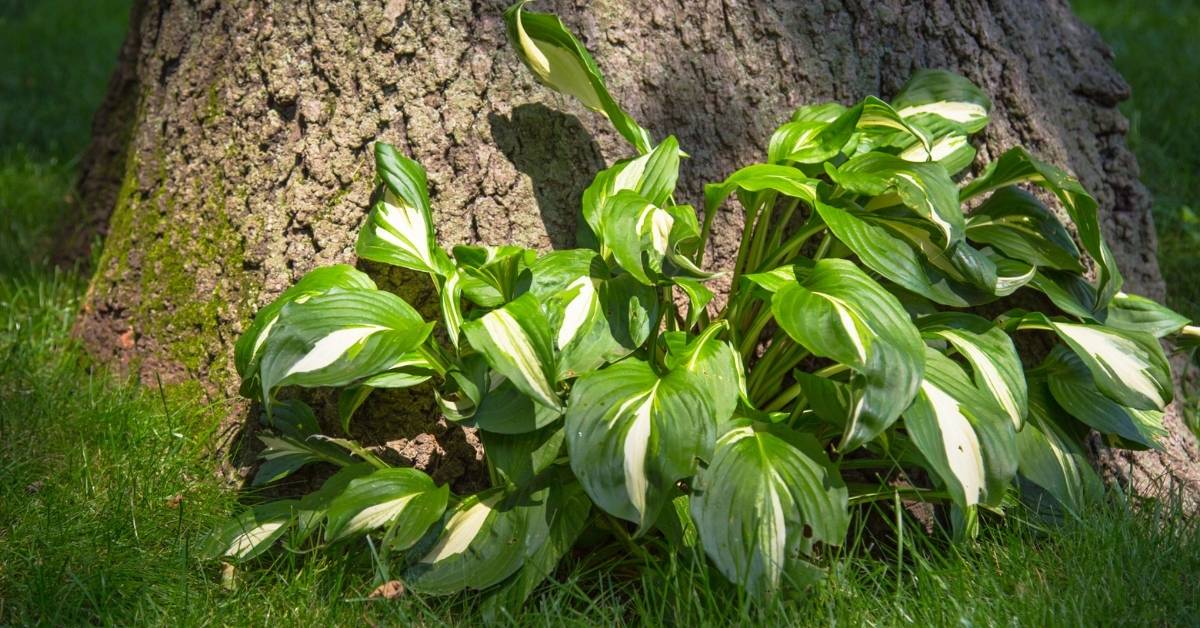
Shade-loving plants are not always the brightest and most showy, but there are many choices of attractive foliage plants and flowers. Most plants that prefer to grow in a shady area will also tolerate filtered sunlight, like colocasia esculenta, but they should never be exposed to direct sunlight for more than an hour or two.
Too much heat could make them wilt and also deplete the moisture in the soil. A lot of great information is available at online gardening sites. Several filters can be used to identify the best plants to grow in the shady garden beneath a tree.
Climate
Climate is probably the most critical consideration in choosing plants, so searching by zone is essential. Additional filters that produce a list of annuals, perennials, flowers, foliage plants, and shrubs will provide essential information.
Most gardeners include a variety of flowering shrubs, foliage plants, and perennial flowers in their basic garden. Adding some colorful annual flowers and foliage plants gives the gardener the ability to change the color palate and presentation of the garden year after year.
Choose Plants That Bloom in Various Seasons
Crocus and some varieties of tulips bloom in early spring, often while there are still a few patches of snow on the ground. If the shade tree is deciduous, the bare branches will not block the sunlight during early spring, so these early bulbs will provide a color show long before the other flowers are planted there.
Bleeding hearts are an early spring perennial that is not bothered by an occasional temperature dip below the freezing mark. Their graceful stems hang heavy with pretty heart-shaped flowers well into late spring.
Lily-of-the-Valley is another spring-blooming perennial flower that requires little care and gradually spreads to fill in the spaces between larger plants. The delicate white flowers have a sweet scent and are suspended from foliage that remains an attractive green all summer.
When the flowers growing from bulbs have faded and dropped their petals, it is time for late spring and early summer flowers to take center stage.
Astilbe adds a bright punch of pink, white and red color to the shade garden when it begins blooming in late spring.
This perennial grows to 24 inches, and the showy flowers last through midsummer. A toad lily does not sound very attractive, but these flowers are beautiful and available in various colors. The bulbs can be purchased as a collection of colors, and these perennials bloom from late summer through fall.
Most gardeners plant a few varieties of shade-loving annuals that will provide continuous color throughout the summer months. Balsam is a fast-growing annual that blooms profusely throughout the summer and fall until the temperatures get too chilly.
The plant stands about 15 inches high, and colorful white, pink, lavender, and red flowers sprout from the stems. Begonias and Impatiens are also great annuals that flower all summer, and they should be used in the front of the garden since these plants are relatively short. Foliage Plants Offer Size and Substance.
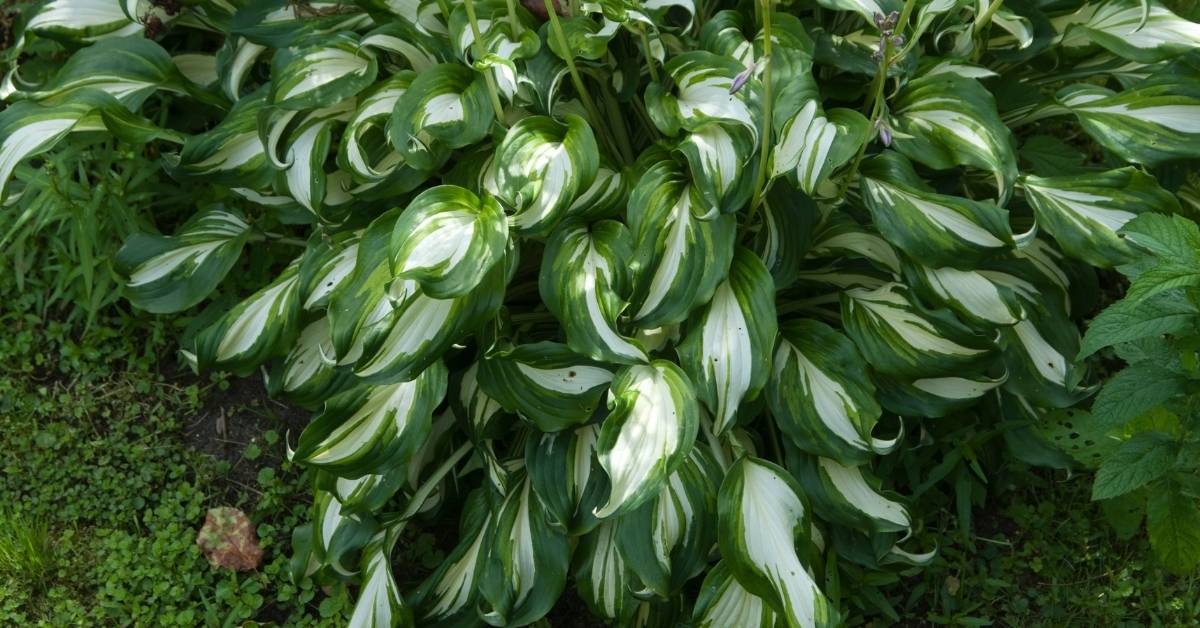
Foliage plants
There are a number of foliage plants that do very well in shady areas. Coleus is probably the most widely used, and it is available in many colorful shades and leaf patterns. Since the plant averages about 12 to 15 inches in height, it works well as a background for the small annual border flowers.
It is important to pinch off the flower stalks that grow upward from the Coleus leaf to encourage the plant to spread out rather than grow into a tall and gangly shape.
Perhaps the most widely used foliage plant for shade gardens is the Hosta Lily. This is a perennial bulb that also comes in a wide variety of colors and shapes. The leaves begin poking their heads above the ground in spring, and the plant quickly grows to full size within just a few weeks.
By mid-summer, flower stalks will rise above the leaves, and delicate white or lavender flowers will be suspended from them. While the flowers are attractive, Hostas are used primarily for their beautiful foliage.
Plant With Care
Although a raised bed offers ample depth for putting in most plants, some holes will need to be dug a little deeper. It is important to avoid damaging the tree roots, so care should be taken to dig between the roots. The problem area beneath a tree can become a lovely garden when adequately prepared and planted.
However, it is also essential to maintain the garden according to the requirements of each plant growing there. If you find the information on ‘how to grow flowers under trees’ valuable, don’t forget to share it with your friends!
